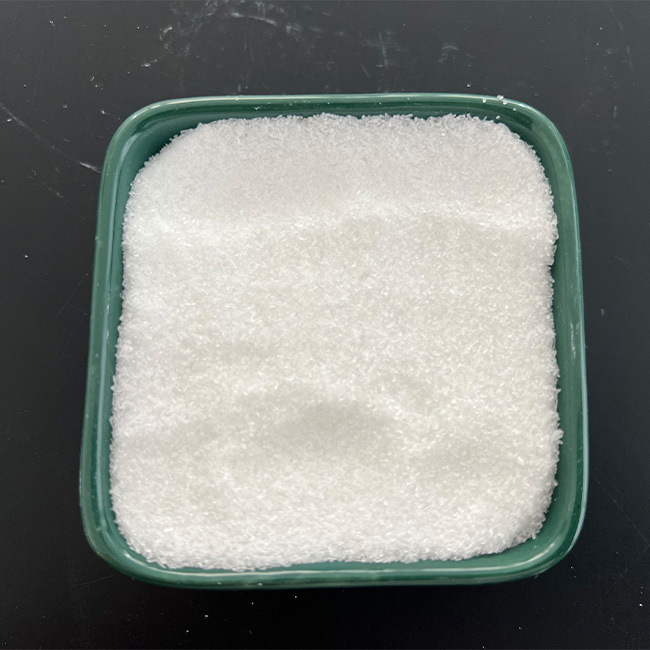Environmental impact of Sodium dihydrogen phosphate dihydrate

Environmental impact of Sodium dihydrogen phosphate dihydrate
In the whole life cycle of Sodium dihydrogen phosphate dihydrate (CAS 13472-35-0) from production to disposal, it may have complex impacts on the ecological environment, which is described in detail in this article.
1. Environmental impact of the production process
(1) Resource consumption and energy use
The production of sodium dihydrogen phosphate mainly relies on phosphate ore and phosphoric acid raw materials. Phosphate ore mining may lead to the destruction of vegetation, soil erosion and biodiversity decline in the mining area. The wet phosphoric acid process consumes a large amount of sulfuric acid and thermal energy, indirectly increasing carbon dioxide emissions. For example, the production of 1 ton of sodium dihydrogen phosphate consumes about 0.8 tons of phosphate ore and produces about 4.5 tons of phosphogypsum waste, which, if improperly stockpiled, can lead to the seepage of fluoride and heavy metals into the groundwater.
(2) Waste emissions
Waste slag: Phosphogypsum produced by the wet process contains radioactive elements (such as uranium and radium), which may pollute soil and surface water by long-term accumulation.
Waste gas: Acidic gases (such as phosphoric acid mist) released during the reaction process of neutralization method need to be treated by alkaline spray or plasma deodorization technology, otherwise acid rain is easy to be formed.
Wastewater: direct discharge of phosphorus-containing wastewater without chemical precipitation (e.g., lime injection to generate calcium phosphate) or biological treatment (e.g., activated sludge method) will exacerbate the eutrophication of water bodies.
2. Environmental impacts of the use process
(1) Risk of agricultural application
As a phosphorus fertilizer supplement, excessive application of sodium dihydrogen phosphate may lead to soil phosphorus saturation. Research shows that when the phosphorus content of soil exceeds 20 mg/kg, phosphorus element is easy to be washed into the water body with rainwater, inducing algae outbreaks and leading to the death of fish due to lack of oxygen.
3. Industrial and laboratory applications
Industrial wastewater: In boiler water treatment, sodium dihydrogen phosphate may enter the environment with the effluent water. If not equipped with ion exchange or reverse osmosis equipment, the phosphate concentration in the wastewater can reach 50 mg/L, far exceeding the discharge standard.
Laboratory Pollution: Experimentally discarded buffer solution may interfere with the microbial activity of the wastewater treatment plant if it is poured directly into the sewer. For example, a university laboratory paralyzed the local wastewater treatment system due to the illegal discharge of phosphate-containing wastewater.
4. Environmental risks of transportation and storage
(1) Transportation
Sodium dihydrogen phosphate is easy to absorb moisture and caking, moisture-proof packaging should be used in transportation. In case of rainwater soaking, package breakage may cause the product to dissolve and seep into the soil, affecting plant growth.
(2) Storage management
Keep the storage room dry and ventilated, avoid mixing with acid substances.
The environmental risk of Sodium dihydrogen phosphate dihydrate runs through its whole life cycle, but synergistic management through technological innovation and policy regulation can produce great economic benefits.
sodium dihydrogen phosphate dihydrate synonym
sodium dihydrogen phosphate uses
sodium dihydrogen phosphate other name
sodium dihydrogen orthophosphate dihydrate synonym
sodium dihydrogen phosphate synonyms
sodium dihydrogen orthophosphate synonyms